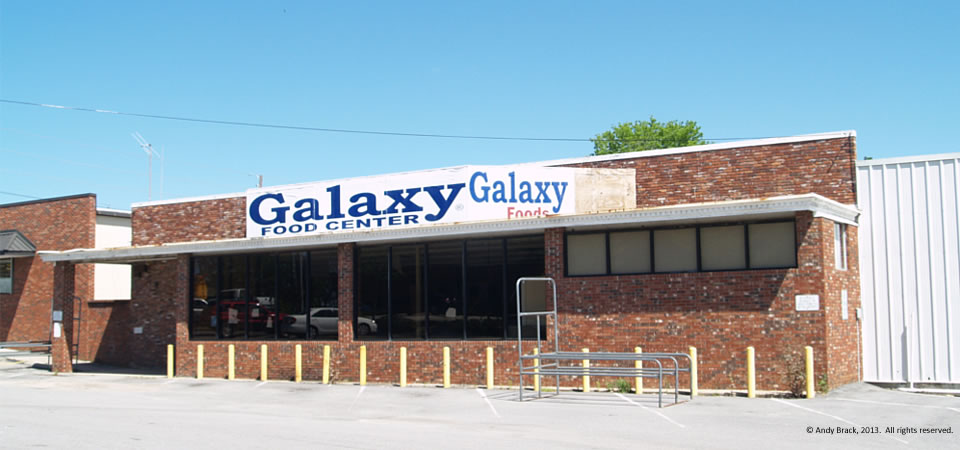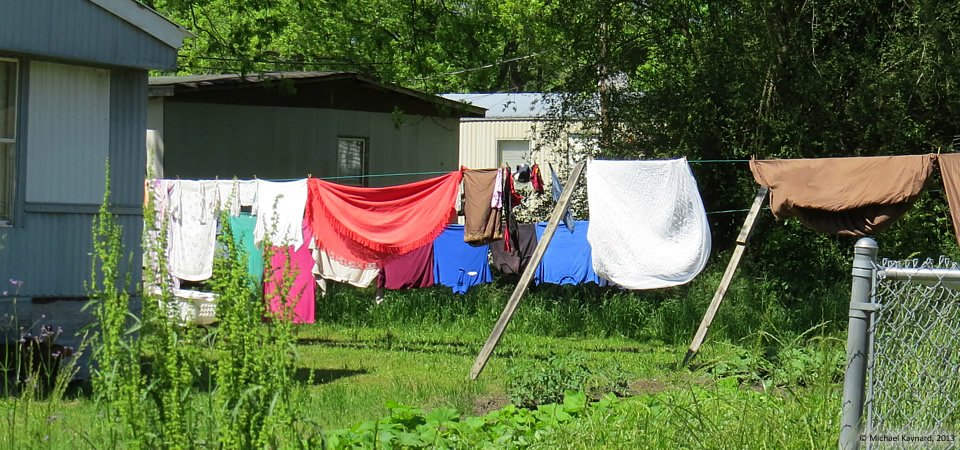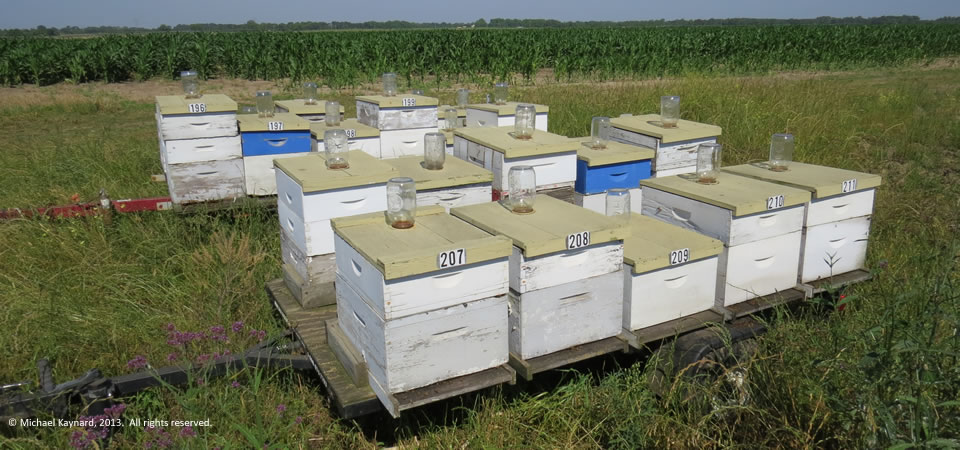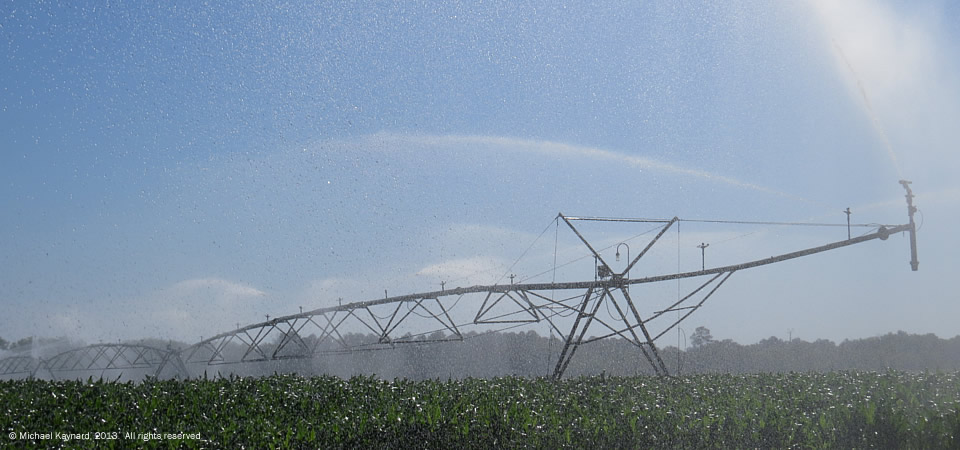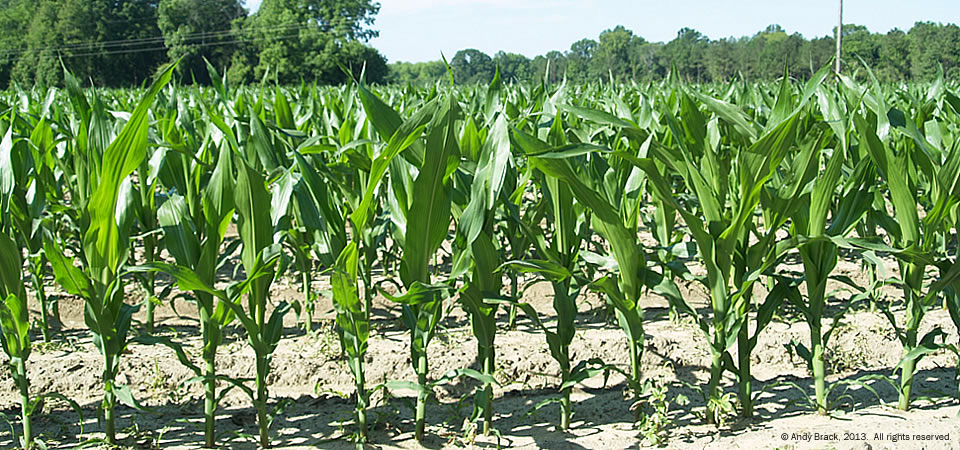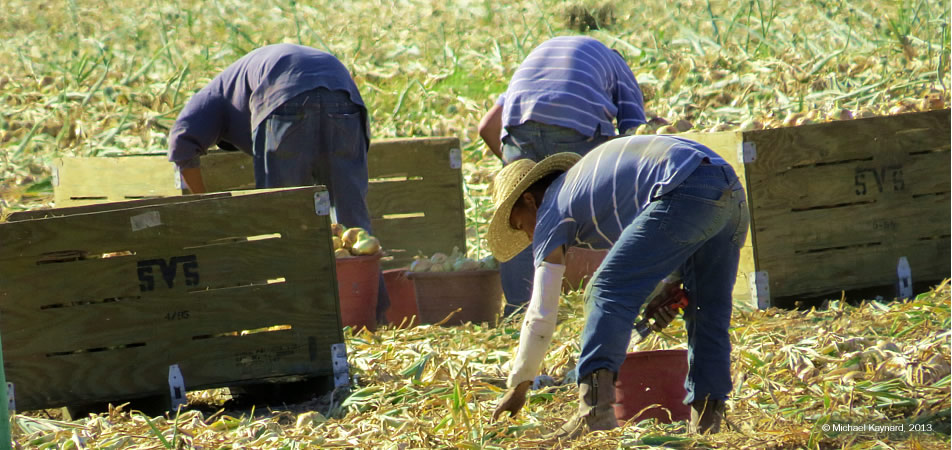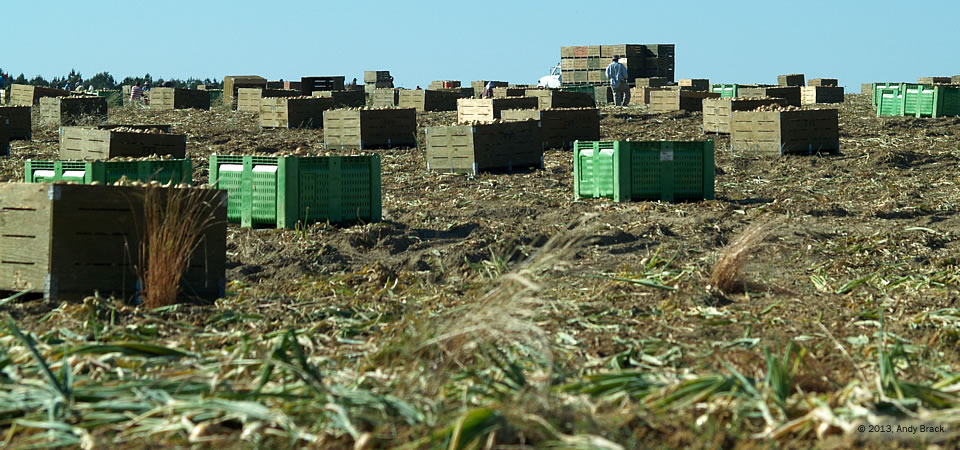“Food deserts” are often found in poor urban and rural communities because it’s hard to find grocery stores with lots of healthy options. People who live in food deserts may only have one store that stock more packaged and canned food than they do fresh foods. In turn, having fewer options tends to support unhealthy eating habits that lead to higher incidents of diabetes, heart disease, stroke, obesity and more.
- Map: “How to find a food desert near you,” NPR
Pictured above is the Galaxy Food Center in Allendale, S.C. It was one of the poor, rural communities two grocery stores, until it closed. Now empty, it’s a reminder of just how Allendale, county seat of South Carolina’s poorest county, is cut off from lots of amenities and services found in larger communities like Charleston, Savannah, Augusta and Columbia.
With just over 40 percent of Allendale County’s 10,000 people living at or below the poverty level, the median household income is about $23,000 a year — half of South Carolina’s average and well below the nation’s $50,000 average.
- More about Allendale County from QuickFacts from the U.S. Census.
Photo by Andy Brack, Center for a Better South, May 2013. All rights reserved.


